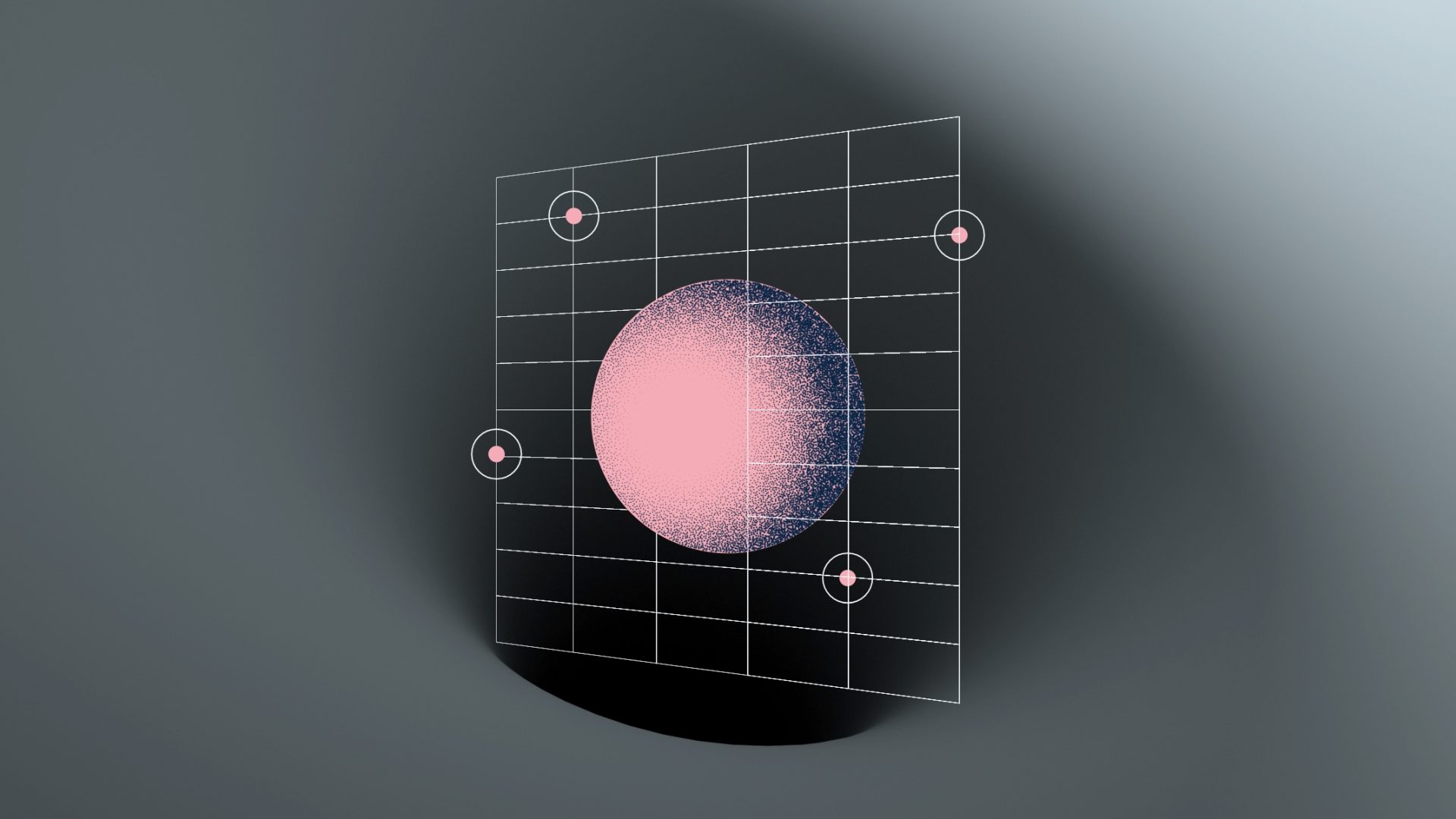Process Mining With Rpa – a World Class Synergy
Did you know that process mining can be used in several ways to support RPA implementation? Process Mining optimizes and creates transparency within the processes and can also identify particularly well-suited processes for RPA. After implementation, process mining’s use shifts to become a monitoring tool that supervises the software robots on performance. At Apolix, value realization is our number one priority for our clients. Read our article and let us show you how we achieve such value with RPA implementations using Celonis.

tags
date
05 Jun 2020As Apolix, we offer organisations a transparent and objective overview of their business processes. We compare process mining with making an X-ray. You get a clear picture of the process flows, the variants and pain points in the process. Based on the X-ray, we support companies to continuously improve and monitor the effects of these improvement projects. One of the features of process mining is identifying and minimising repetitive manual work. The ability to identify this, is the main reason industry experts acknowledge the synergy between process mining and robotic process automation (RPA). Scott Opitz, president of ABBYY Process Intelligence, sees an increase in awareness at the C-suite that they need to know which processes to automate first and why.
“Celonis’ funding proves once again that process intelligence is a must for companies going through digital transformation and using RPA”
Scott Opitz, president @ ABBYY Process Intelligence
Robotic Process Automation
RPA is a technology that uses digital robots which are be deployed to automate tasks. These robots can carry out tasks ranging from simple jobs like moving documents to a different location to complex exercises such as processing loan applications. The user should phrase tasks in a standardised, rule based way, as the robot requires detailed instructions. This way they can implement RPA correctly. The user can then see the robot performing these tasks on their screen, incredibly fast and without human error. While the user would normally spend his time on slow, repetitive and human error prone tasks, he can now focus on more complex and creative projects. This makes those kind of tasks excellent business cases for RPA.
Successful RPA with Process Mining
In order to build a business case, you need a deep understanding of the process it supports. People deploying bots in non-suitable processes is one of the most frequent mistakes made in a project. The should therefore choose processes that are standardised, data-centred and repetitive. Therefore, an analysis of the current process to highlight the candidates for RPA is extremely valuable. Process mining creates a transparent overview of all the process variants, workarounds and inconsistencies. These findings are incredibly challenging to gain through other process discovery methodologies, employees won’t remember the small workarounds. Moreover, process mining shows the impact of these variants to the business. Based on the process knowledge, the RPA implementation can focus on manual work with the biggest impact on the business.
As mentioned before, the success of the bot is measured by the time saved in manual labour, which needs to be calculated. Nevertheless, your time saved cannot simply be calculated by multiplying number of tasks performed by the bot with time spent on those tasks. The reason for this is the changes RPA makes in the process. Consequently, the process should be monitored on the new automation rate of that activity and the time spent on manual labour. The benchmark generated for pre- and post-automation allows for a solid proof of value for future RPA projects.
World class processes through Process Mining and RPA
The synergy reaches beyond the identification of RPA opportunities and the objective insights of the impact of RPA. Namely, you can trigger bots for tasks specific to the process flow of that case. In other words, based on the characteristics of the process flow, a bot which automates the required task is automatically activated. For example, process mining identifies an invoice that is stuck for too long at a certain stage in the process. Based on historic data, we can estimate that this invoice will not be paid on time unless action is taken immediately. Thanks to this knowledge, we can automatically trigger a bot to perform the task needed to let the invoice be paid before its due date.
This is just one of the countless possibilities of combining the power of process mining and RPA. Are you interested to see more examples? Apolix is specialised in process mining, so do not hesitate to reach out to us via joost [@] apolix.global! As specialists with a background in business, Apolix looks further than the data as we also take the human aspect into account.
We also love to discuss the possibilities of process mining in your organisation with you and your colleagues. Sign up for our process mining demo here!





